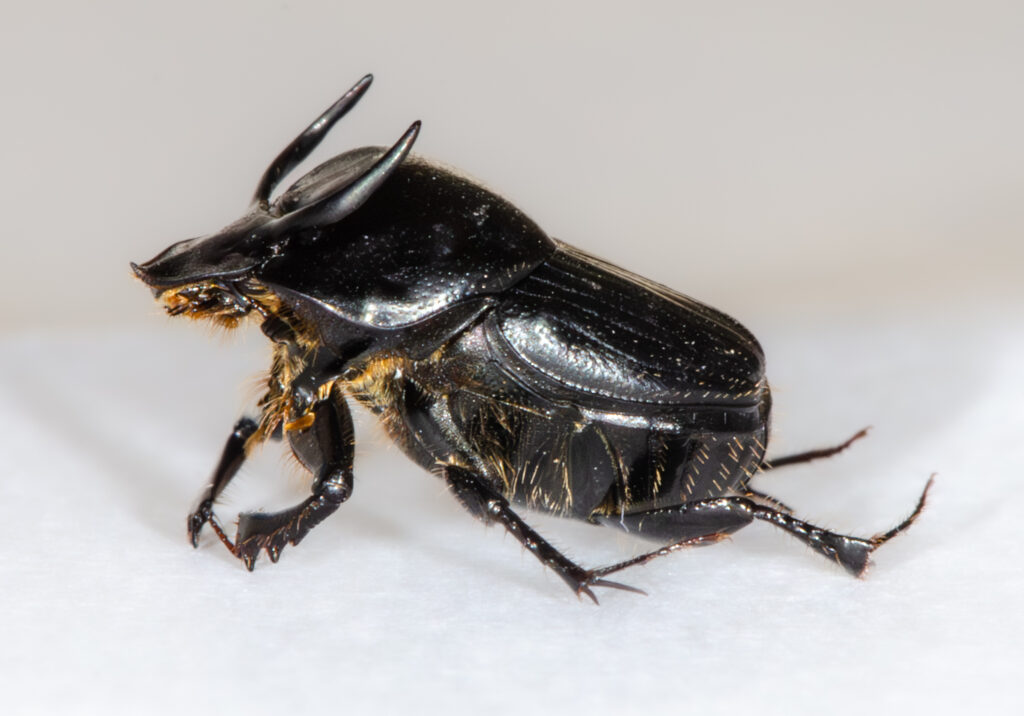In the vast world of insects, there exists a remarkable champion of strength that defies our understanding of physical power. While humans celebrate Olympic weightlifters who can hoist three times their body weight, a tiny creature measuring mere millimeters accomplishes a feat that would be equivalent to a person lifting multiple elephants simultaneously. The dung beetle, specifically the horned dung beetle (Onthophagus taurus), stands as nature’s ultimate powerlifter, capable of pulling forces that exceed 1,000 times its own body weight. This extraordinary ability has fascinated scientists, inspired engineers, and challenged our understanding of biomechanics. Let’s explore the fascinating world of these miniature titans and uncover the secrets behind their superhuman strength.
The Mighty Dung Beetle: Nature’s Champion Weightlifter

The horned dung beetle (Onthophagus taurus) holds the official title as the world’s strongest insect relative to its size. In laboratory tests, these beetles have demonstrated the ability to pull forces equivalent to 1,141 times their body weight—a strength-to-weight ratio that remains unmatched in the animal kingdom. To put this in perspective, if a human possessed the same relative strength, they could lift approximately 80 tons, equivalent to six full-grown African elephants. This extraordinary capability wasn’t developed as a party trick but evolved as a crucial survival mechanism that enables these beetles to fulfill their ecological role efficiently. The beetles’ strength serves multiple purposes in their daily lives, from securing mates to providing for their offspring.
The Secret Behind Insect Super Strength
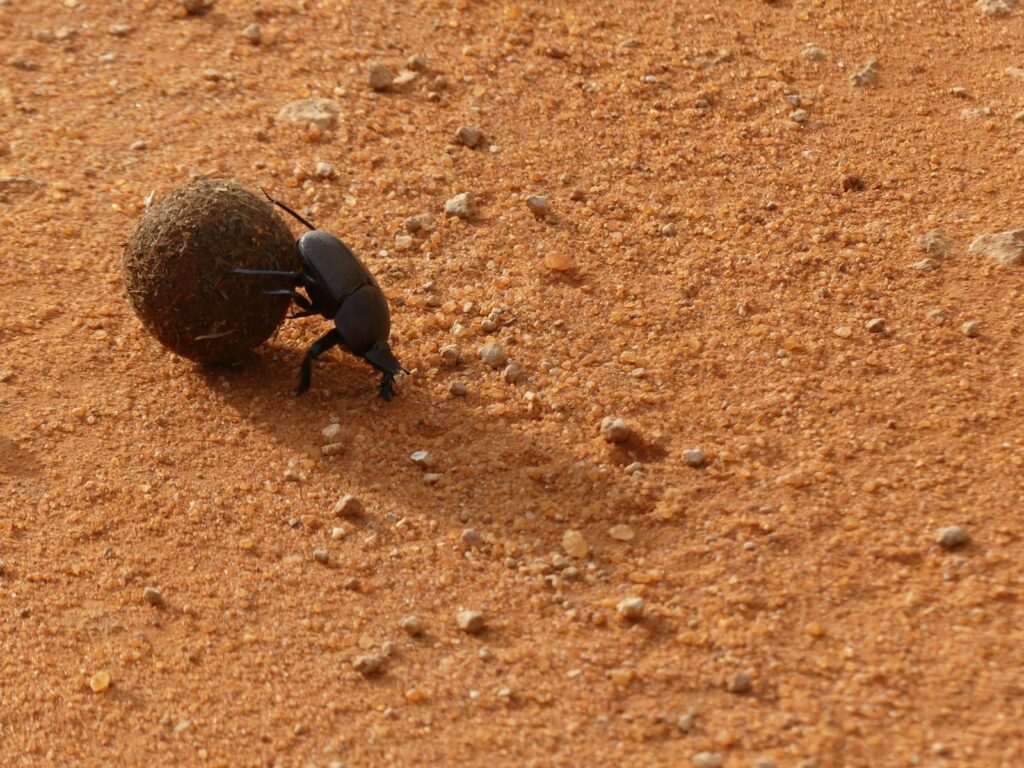
The remarkable strength of insects like the dung beetle can be attributed to several biological factors, with the square-cube law being the most significant. This law explains that as an organism’s size increases, its volume (and thus weight) grows at a faster rate than its strength, which is proportional to muscle cross-sectional area. In simpler terms, being small provides insects with an inherent advantage in strength-to-weight ratio. Additionally, insects possess an exoskeleton made of chitin, a tough, lightweight material that provides structural support without adding significant mass. The unique muscle arrangement within this external skeleton allows for maximum force generation, with some insect muscles capable of contracting more powerfully than mammalian muscles. Finally, the mechanical advantage provided by their jointed limbs creates effective leverage systems that amplify force output.
Daily Life of the Horned Dung Beetle
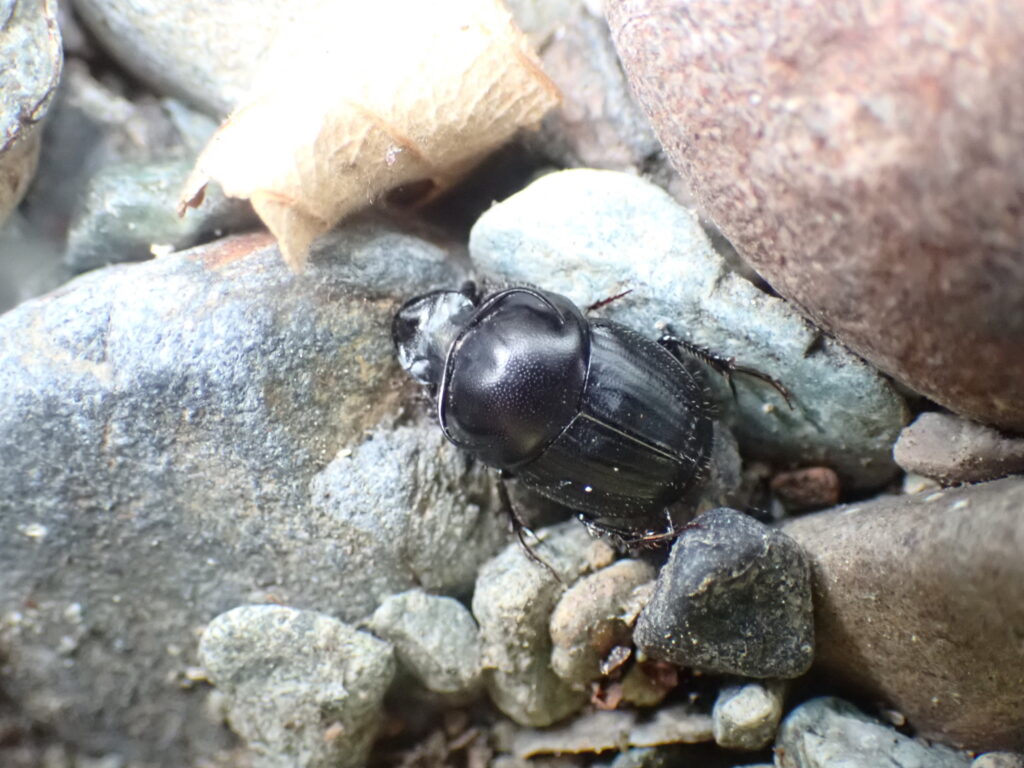
The extraordinary strength of the horned dung beetle plays a crucial role in its daily activities and survival strategies. These beetles spend much of their lives working with dung, which they collect, transport, and bury for various purposes. Males use their strength to dig tunnels beneath dung piles, creating underground chambers where females lay eggs. The dung serves as both protective housing and food source for developing larvae. During mating season, male horned dung beetles engage in fierce competitions, using their horns and strength to battle rivals for access to females and nesting sites. Their ability to move such disproportionate weights allows them to quickly secure and transport valuable dung resources before competitors arrive. This efficiency in resource acquisition has made them successful colonizers across various environments worldwide.
Ecological Importance of Strong Insects
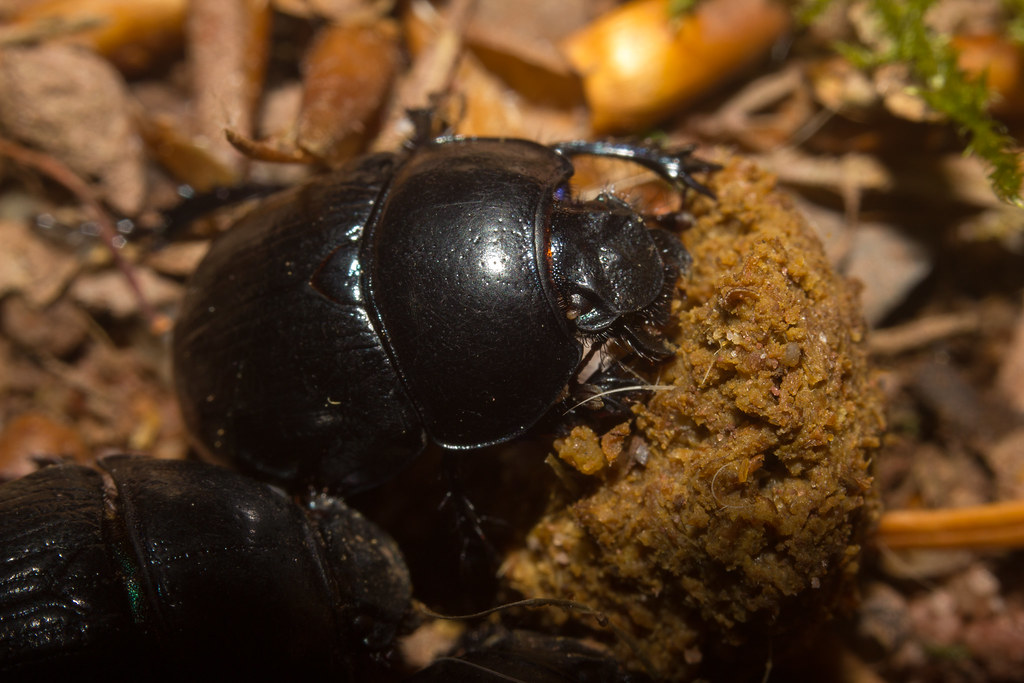
The tremendous strength of dung beetles translates into significant ecological benefits that extend far beyond the insects themselves. By burying dung, these beetles serve as nature’s recyclers, returning nutrients to the soil and improving soil structure through their tunneling activities. A single dung beetle can bury dung many times its own size, preventing the buildup of waste that would otherwise support pest flies and release methane, a potent greenhouse gas. Their activities help disperse plant seeds contained in animal dung, contributing to plant diversity and forest regeneration in numerous ecosystems. Research has estimated that dung beetles save the cattle industry billions of dollars annually by improving pasture hygiene and fertility naturally. Their ecological significance has led to their intentional introduction in countries like Australia, where they’ve helped manage waste from introduced livestock.
Comparative Strength in the Insect World
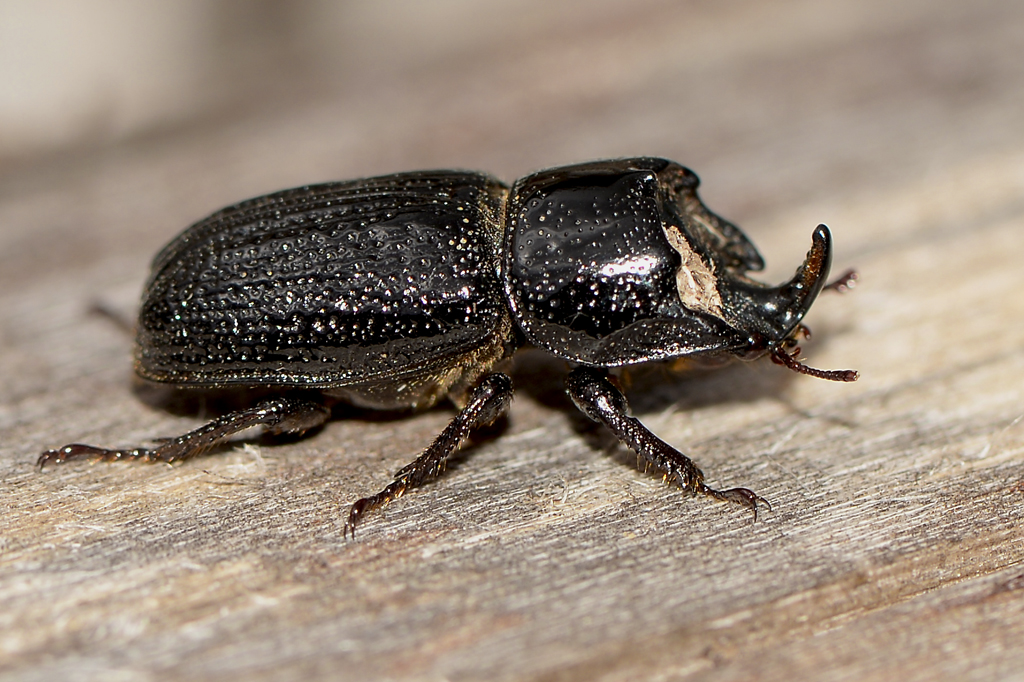
While the horned dung beetle holds the title for greatest relative strength, several other insects demonstrate remarkable feats of power that would be impossible for larger animals. The rhinoceros beetle can carry up to 850 times its body weight, using this strength to dig through soil and wood while defending territory against rivals. Leafcutter ants routinely carry leaf fragments weighing 50 times their body weight over considerable distances, equivalent to a human carrying a small car overhead for miles. The humble ant can lift between 10 and 50 times its body weight, with different species specializing in various strength-related tasks within their colonies. Fire ants demonstrate collective strength by linking their bodies to form living rafts and bridges, creating structures capable of supporting thousands of individuals during floods. This diverse range of strength adaptations showcases how different insect species have evolved specialized physical abilities to thrive in their ecological niches.
The Biomechanics of Beetle Strength
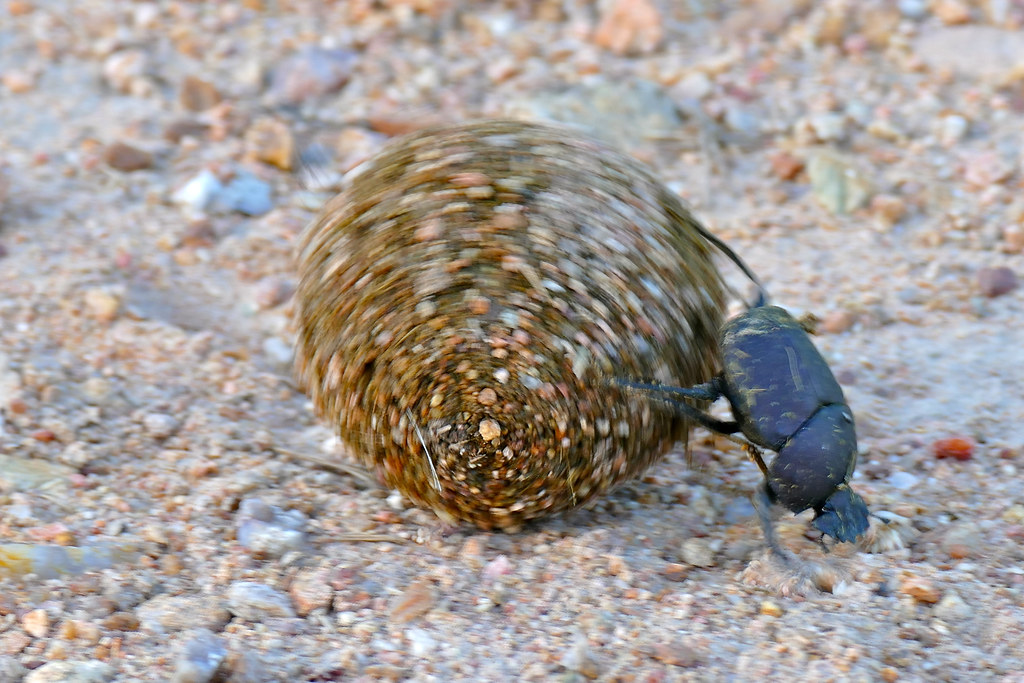
The extraordinary strength of the dung beetle can be traced to several specialized biomechanical adaptations that maximize force generation. Their exoskeleton provides attachment points for muscles that operate with a mechanical advantage similar to a lever system, where small movements at one end produce significantly amplified force at the other. Unlike vertebrates, insects have muscles that attach directly to their exoskeleton, eliminating energy loss that occurs in tendon-based systems. Research has shown that dung beetle leg muscles can generate forces exceeding 200 millinewtons—remarkable for creatures weighing mere grams. Their nervous system coordinates precise muscle contractions that distribute force efficiently across their bodies, preventing structural damage when exerting maximum effort. These specialized adaptations have evolved over millions of years, resulting in a biomechanical system optimized for extraordinary feats of strength relative to size.
Evolutionary Development of Insect Strength
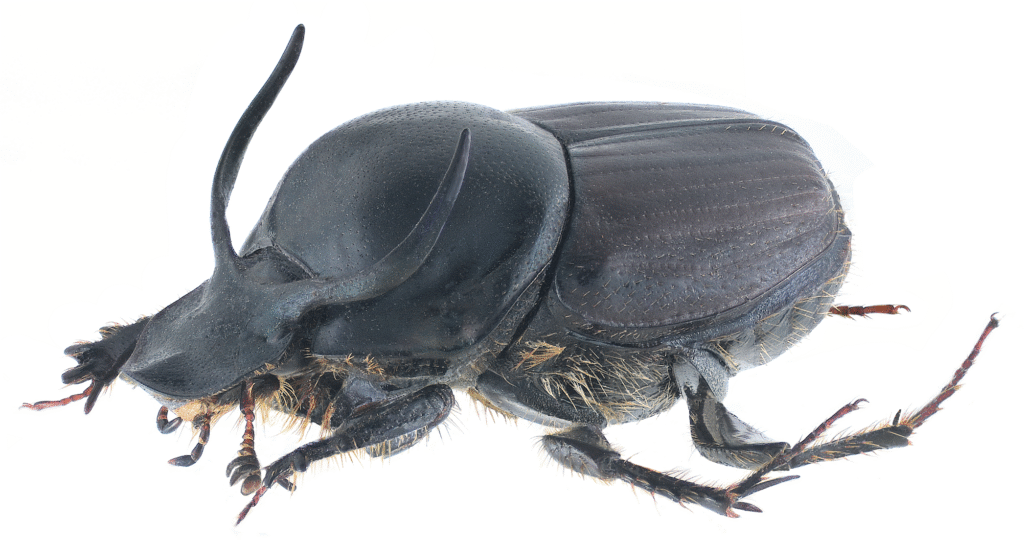
The exceptional strength exhibited by dung beetles and other insects represents the culmination of millions of years of evolutionary pressure selecting for mechanical efficiency. Early insects that could better manipulate their environment—moving obstacles, securing resources, and escaping predators—gained survival advantages that became encoded in their genetic makeup. The transition to land from aquatic environments placed new demands on arthropods, requiring stronger support structures as they lost the buoyancy provided by water. Competition for limited resources, particularly nutritionally rich substances like dung, pushed beetles to develop greater strength to secure these resources before rivals. Sexual selection further amplified these traits, as females preferentially mated with males demonstrating superior strength and resource-gathering abilities. The result is an evolutionary arms race that has produced insects with physical capabilities that, scaled up to human size, would appear nothing short of miraculous.
Scientific Research and Strength Measurements

Measuring insect strength presents unique challenges that scientists have addressed through increasingly sophisticated methodologies. Modern research employs force transducers—sensitive instruments that precisely quantify the pulling or pushing forces exerted by these tiny creatures. In landmark studies conducted at the University of Western Australia, researchers attached thin threads to dung beetles and measured their pulling force as they attempted to move forward through specially designed tunnels. These experiments confirmed the beetles’ ability to pull over 1,100 times their body weight—findings that were published in prestigious scientific journals after rigorous peer review. Subsequent studies have used high-speed cameras capturing thousands of frames per second to analyze the biomechanics of insect movement during maximum exertion. Computer models developed from these observations allow scientists to understand the distribution of forces throughout the insect’s exoskeleton during peak performance, providing insights that continue to refine our understanding of their capabilities.
Technological Applications Inspired by Insect Strength

The remarkable strength-to-weight ratio demonstrated by dung beetles and other insects has inspired numerous innovations in fields ranging from robotics to materials science. Engineers developing miniature robots have studied insect biomechanics to create more efficient locomotion systems that maximize force output while minimizing energy consumption. The principles observed in insect exoskeletons have influenced the development of new composite materials that combine high strength with minimal weight for applications in aerospace and automotive industries. Military research has explored insect-inspired designs for load-carrying equipment that distributes weight more efficiently across soldiers’ bodies, reducing fatigue during extended operations. Architectural designs incorporating principles derived from insect joint structures have led to more resilient building systems capable of withstanding greater stresses. The emerging field of biomimicry continues to study these natural champions of efficiency, seeking sustainable solutions to human engineering challenges based on nature’s time-tested designs.
Threats to the World’s Strongest Insects

Despite their impressive physical capabilities, many strong insect species face significant challenges in the modern world that threaten their populations. Habitat destruction through deforestation and agricultural expansion has eliminated critical environments where specialized beetles and other strong insects evolved. Widespread use of veterinary parasiticides in livestock operations has had unintended consequences, as these chemicals persist in animal dung and can be lethal to beetles that would normally process this waste. Climate change disrupts the seasonal timing that many beetles rely on for reproduction and resource availability, creating mismatches between beetle life cycles and their food sources. Light pollution interferes with nocturnal species that navigate by moonlight, such as certain dung beetles that use celestial cues for orientation. Conservation efforts targeting these overlooked champions have grown in recent years, with some farming operations now selecting livestock treatments compatible with dung beetle survival to maintain the ecological services these insects provide.
Human Strength vs. Insect Strength: An Unfair Comparison

The dramatic difference between human and insect strength capabilities stems primarily from fundamental physical laws rather than biological inferiority. While Olympic weightlifters celebrate world records for lifting approximately three times their body weight, this achievement actually represents remarkable efficiency given human size constraints. The square-cube law dictates that as animals increase in size, their strength (proportional to muscle cross-sectional area) increases at a slower rate than their mass (proportional to volume), creating an inherent disadvantage for larger organisms. If humans were shrunk to insect size while maintaining our exact biological structure, we would experience similarly impressive strength-to-weight ratios. Conversely, if dung beetles were scaled to human size, they would collapse under their own weight as their exoskeletons would be insufficient to support their mass. This physical reality means that comparing strength across vastly different size scales requires understanding the mathematical relationships that govern biological mechanics—making direct comparisons fundamentally misleading.
Other Remarkable Insect Capabilities Beyond Strength
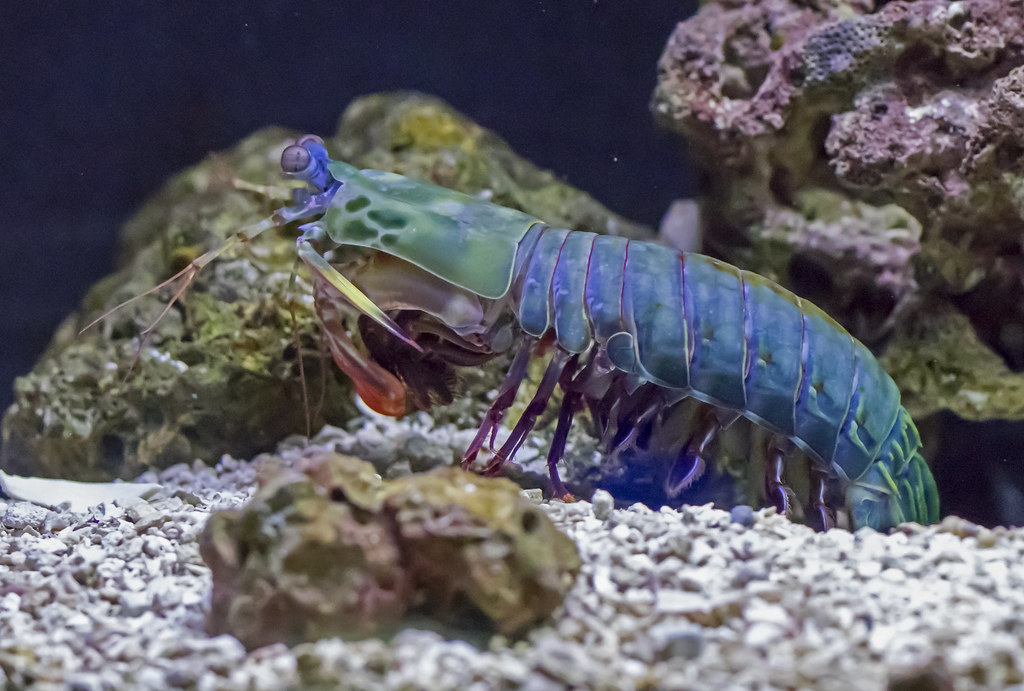
While strength represents one impressive aspect of insect capabilities, these evolutionary success stories showcase numerous other remarkable adaptations that demonstrate their biological sophistication. Many insects possess sensory systems that detect chemical signatures at concentrations measured in parts per billion—equivalent to finding a single drop in an Olympic swimming pool. The navigational abilities of monarch butterflies enable multi-generational migrations spanning thousands of miles with pinpoint accuracy. Mantis shrimp can accelerate their striking appendages at speeds approaching that of a bullet, generating forces that create cavitation bubbles in water. Hornets can fly at speeds exceeding 25 miles per hour while maintaining precise control in variable wind conditions. The architectural achievements of termite colonies include temperature-regulated structures equivalent in scale to humans building structures four miles high. These diverse capabilities highlight how insects have evolved specialized adaptations across multiple dimensions beyond mere strength, creating some of the most successful life forms on the planet.
Observing Insect Strength in Natural Settings
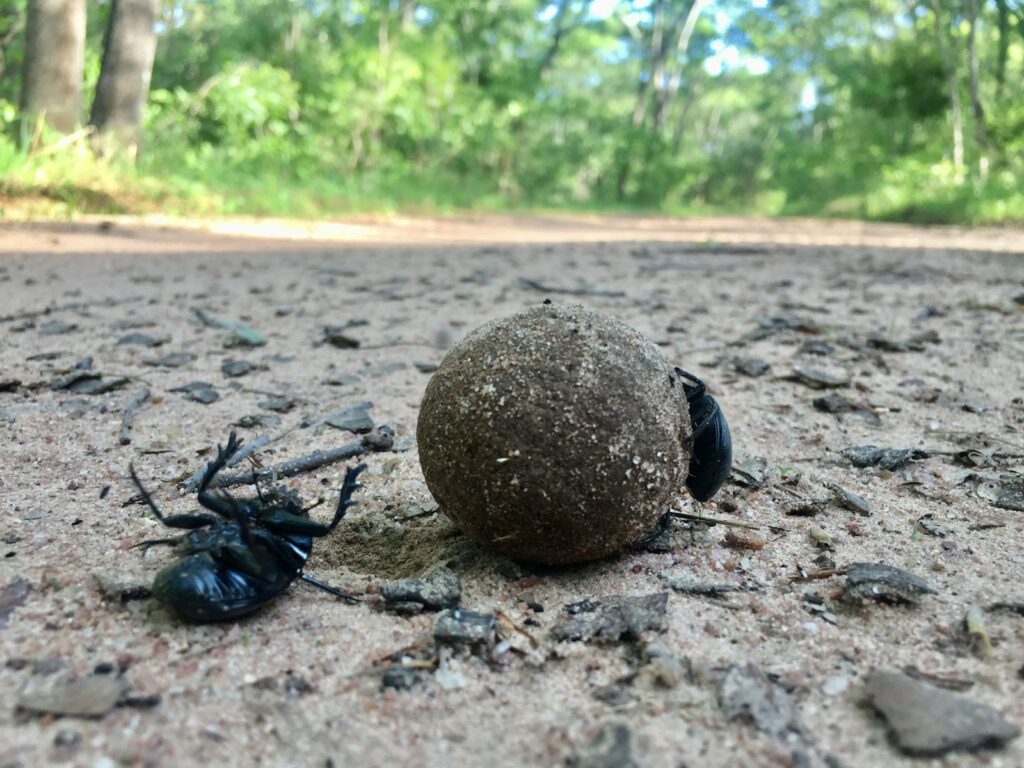
For nature enthusiasts interested in witnessing these remarkable feats of strength firsthand, several observation opportunities exist in various environments. Dung beetles can be observed in action around grazing animals in rural settings, particularly at dawn and dusk when many species are most active. Their strength becomes apparent as they shape perfect spheres of dung many times their size and roll these prizes backward using their hind legs. Public parks with dead logs often host rhinoceros beetles and other strong wood-boring insects that can be carefully observed as they navigate through decaying wood. Ant colonies demonstrate collective strength during nest construction or food transport, particularly after rainfall when many species become more active above ground. Citizen science projects focused on insect observation welcome public participation, allowing enthusiasts to contribute meaningful data while experiencing these remarkable creatures in action. Nature preserves and botanical gardens sometimes offer guided insect walks with knowledgeable naturalists who can point out examples of insect strength in ecological context.
Conclusion
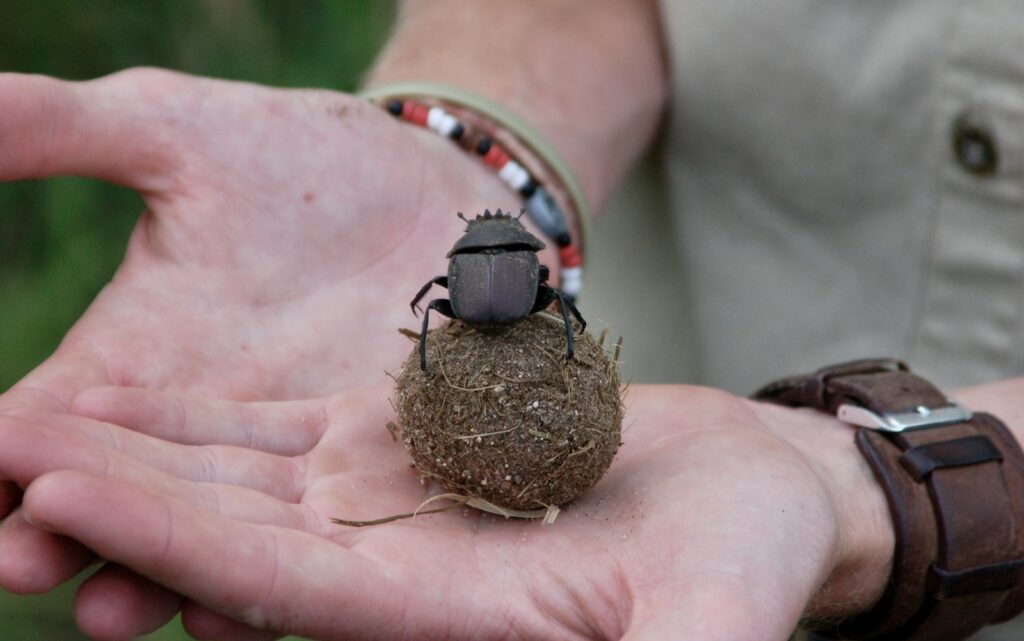
The world’s strongest insects represent not merely biological curiosities but sophisticated evolutionary solutions to environmental challenges. Their remarkable strength-to-weight ratios have emerged through millions of years of adaptation, producing capabilities that continue to astonish scientists and inspire engineers. While we might never match their relative strength as humans, we can appreciate the elegant efficiency these tiny powerhouses represent. As we better understand the biomechanics and ecological importance of these small but mighty creatures, we gain deeper insights into nature’s engineering principles and the critical roles even the smallest organisms play in maintaining healthy ecosystems. The humble dung beetle, lifting 1,000 times its weight in obscurity, reminds us that extraordinary capabilities often exist in the most overlooked places—a testament to the endless ingenuity of evolutionary processes.

